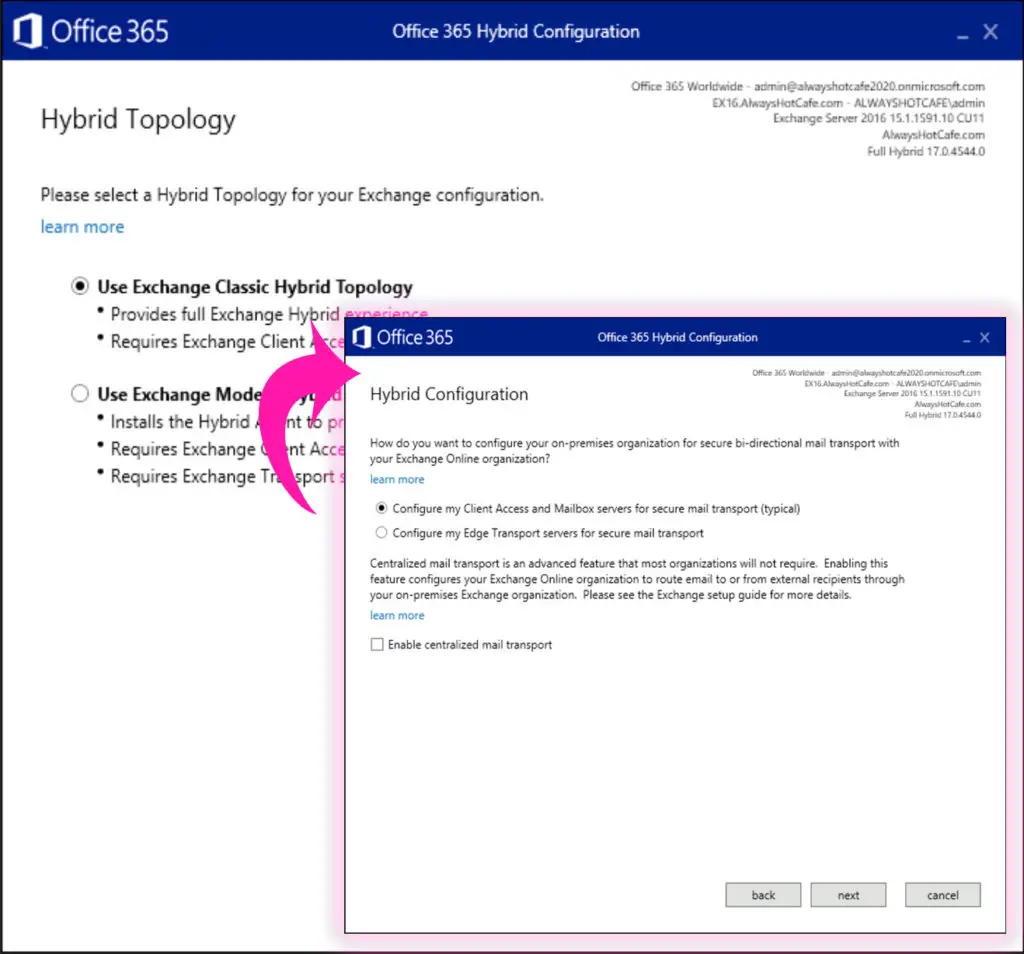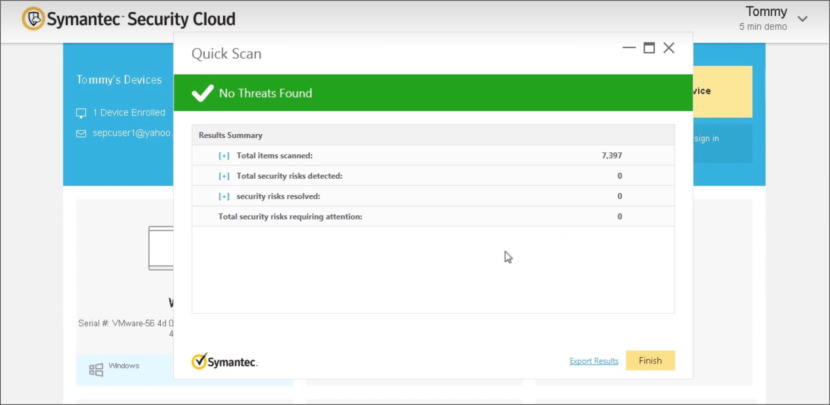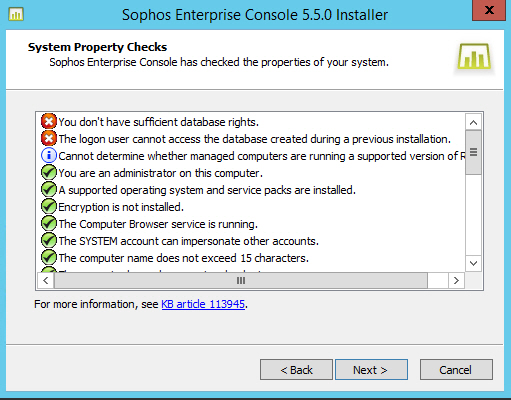

In this tutorial, it is assumed that the application is a console application, so you need to register your application as a public client with Azure Active Directory. To use OAuth, an application must have an application ID issued by Azure Active Directory.

Before you proceed with the tutorial, you will need to choose the specific permission type to use. There are two types of OAuth permissions that can be used to access EWS APIs in Exchange Online. The Microsoft Authentication Library for.If you do not have a Microsoft 365 account, you can sign up for the Microsoft 365 Developer Program to get a free Microsoft 365 subscription. A Microsoft 365 account with an Exchange Online mailbox.

#DAVMAIL EWS ENDPOINT NOT AVAILABLE CODE#
To use the code in this article, you will need to have access to the following: EWS applications that use OAuth must be registered with Azure Active Directory. OAuth authentication for EWS is only available in Exchange Online as part of Microsoft 365.


 0 kommentar(er)
0 kommentar(er)
